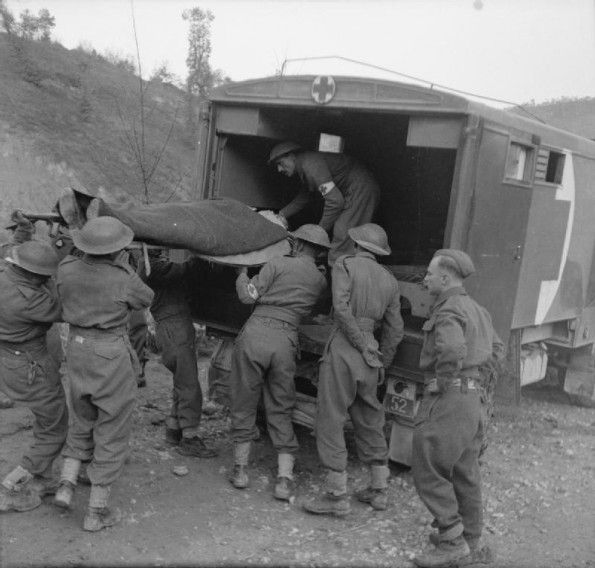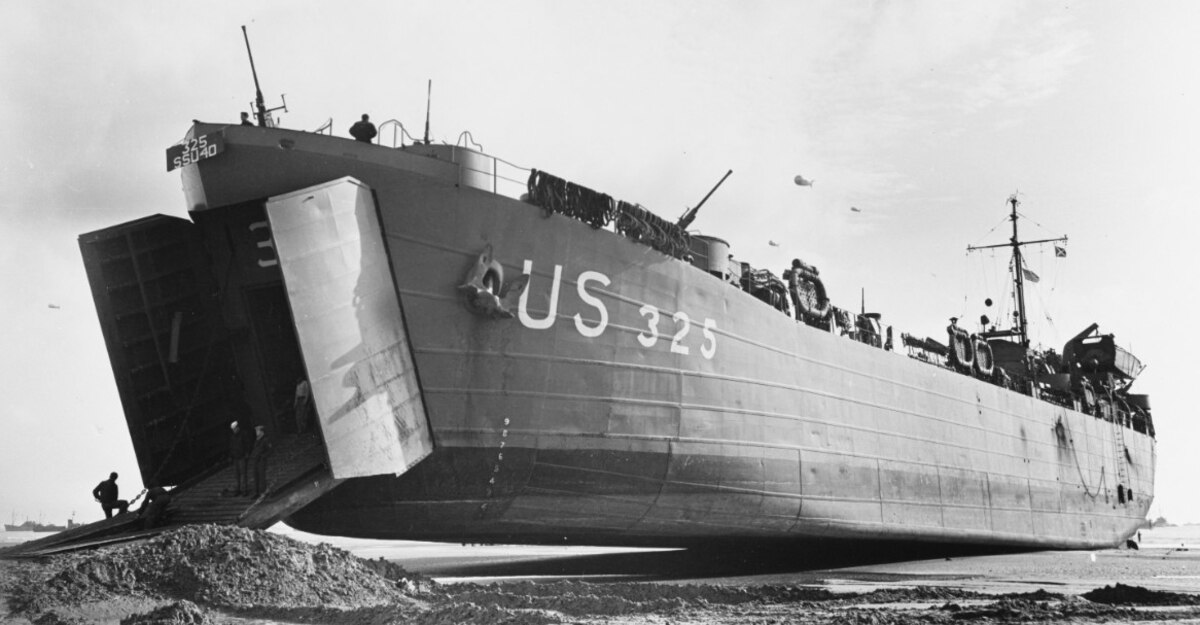
So, let's have give this report a bit more thought - and perhaps flip bits on the head.
a) Lack of use of binocs/reliance on cupola/less awareness of incoming fire/losing nerve.
British tank comds tended to unbutton to fight. So their cas rate is higher... /1
#WW2 #SWW #History
a) Lack of use of binocs/reliance on cupola/less awareness of incoming fire/losing nerve.
British tank comds tended to unbutton to fight. So their cas rate is higher... /1
#WW2 #SWW #History
https://twitter.com/ReassessHistory/status/1379803829651312643

Once you seal yourself inside a metal box you lose a huge amount of senses, that said you are less likely to become a casualty to arty/mortar fire etc.
This isn't particularly surprising, but does perhaps indicate German crew should have been more willing to unbutton. /2
This isn't particularly surprising, but does perhaps indicate German crew should have been more willing to unbutton. /2

But again, there is this key cultural difference between British and German approaches - that underpins a).
Losing nerve is harder to judge, but numerous German tanks were KOed around Rauray so it's likely confidence was undermined & unexpected losses shook tank crews. /3
Losing nerve is harder to judge, but numerous German tanks were KOed around Rauray so it's likely confidence was undermined & unexpected losses shook tank crews. /3

b) Probably German doctrine! Be static and aim for quick KO of enemy over manoeuvre. Panther's in theatre reliability at this point was pretty garbage. Mechanical failure saw Panthers repeatedly stutter out around Rauray and get KOed in crap positions. /3 

Comment about bailing from 75mm HE ? Well... they were probably suitably shaken up by HE & suffered some internal catastrophe. HE bails fairly common.
c) You don't get no kill confirmation in real life. Fire helps.
d) A general shift to HE over AP against front armour... /4
c) You don't get no kill confirmation in real life. Fire helps.
d) A general shift to HE over AP against front armour... /4

This was part of a more common trend and appears effective, as the aim was to just throw crew inside around a bit/damage optics etc.
e) No point plinking away if you just reveal your position to get knocked and can't KO target. /5
e) No point plinking away if you just reveal your position to get knocked and can't KO target. /5

f) Meaty one. Fire and manoeuvre helped 24th Lancers appear move numerically superior, repeatedly frustrating German tank crews. Just as they solved one tactical puzzle, another presented itself. Numerous KOed tanks/anti-tank guns were also used as lures etc. /6 

This also points to German doctrine adherence, remaining static & engaging targets to guarantee quick KO. Indecision points to slow adaption in theatre, as the terrain in Normandy doesn't really fit what they've trained for. It takes several weeks for them to adapt. /7 

British crews have to be patient and wait for quarry to move, then when they do so - exploit the window and engage side/rear armour.
The funny thing is... many elements of this report mimic elements of German comments about Allied tank crews!/8
The funny thing is... many elements of this report mimic elements of German comments about Allied tank crews!/8

It's further material that indicates German tank crew DID struggle to adapt to conditions in Normandy & pretty rigidly adhered to doctrine.
Also spicy pointers at why both sides set out to burn out AFVs - thus proving kill. /thread
Also spicy pointers at why both sides set out to burn out AFVs - thus proving kill. /thread

• • •
Missing some Tweet in this thread? You can try to
force a refresh




















